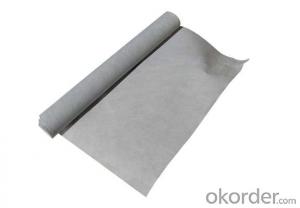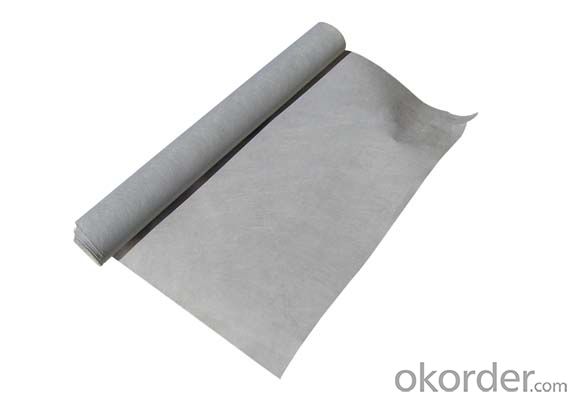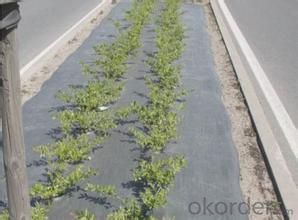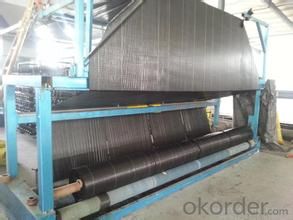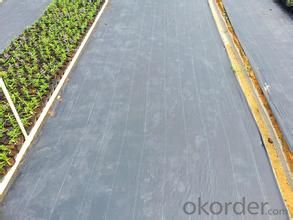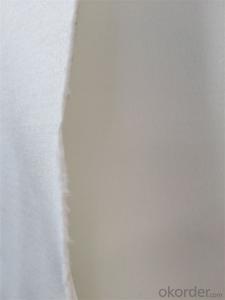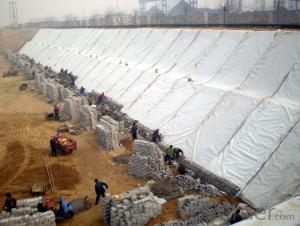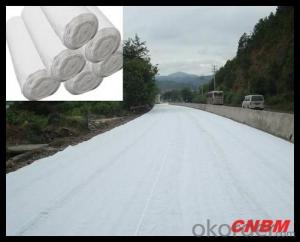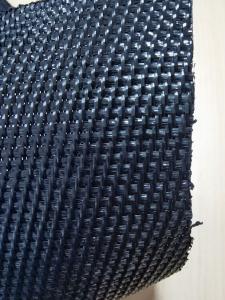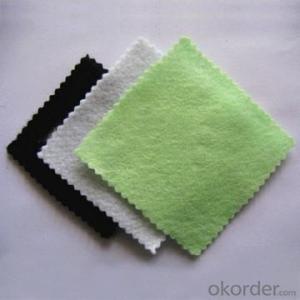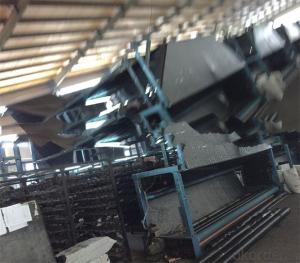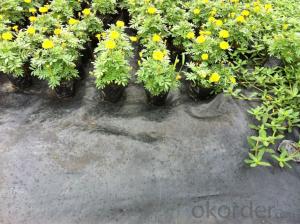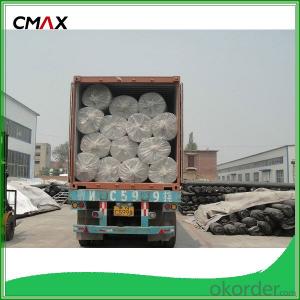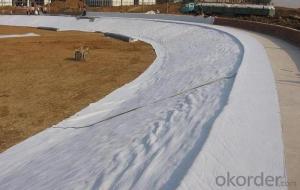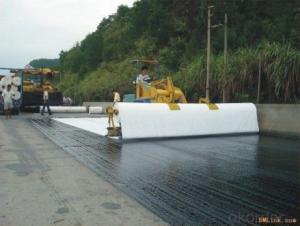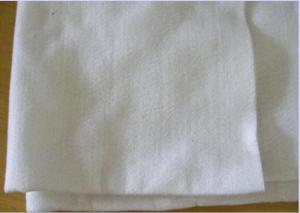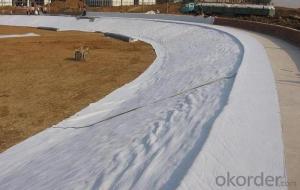Internationale Geotextil Gmbh Woven Polypropylene Geotextile with High Strength
- Loading Port:
- Qingdao
- Payment Terms:
- TT OR LC
- Min Order Qty:
- 5000 m²
- Supply Capability:
- 1000000 m²/month
OKorder Service Pledge
OKorder Financial Service
You Might Also Like
PP Woven Geotextile Description:
PP Woven Geotextile Specifications:
1, Biggest Width: 6meter
2, Weight: about 90 gram to 800 gram
3, Treatment: UV protect
PP Woven Geotextile Application:
A: Subsurface drainage
B: Roadway separation
C: Hard armor underlayment
D:Asphalt overlay applications
PP Woven Geotextile Specification :
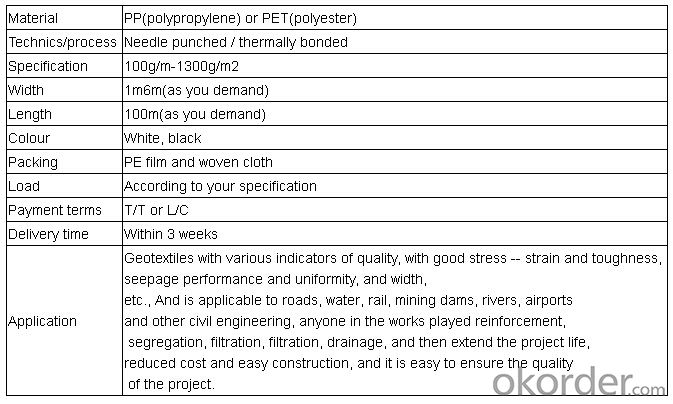
PP Woven Geotextile Functions and Features:
1)Excellent weed control
2)Excellent UV resistance
3)Moisture,fertilizers,air reach plants to allow for healthy soil
4)Good water and air permeability
5)Exceptional toughness and strength
6)Durable,tear-resistant,anti-rot and anti-mildew
7)Light weight,easy to install,follows natural ground contours
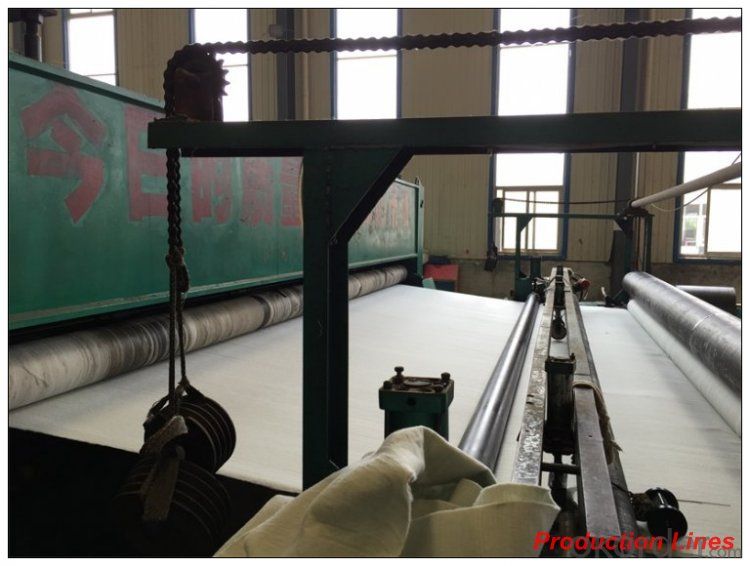
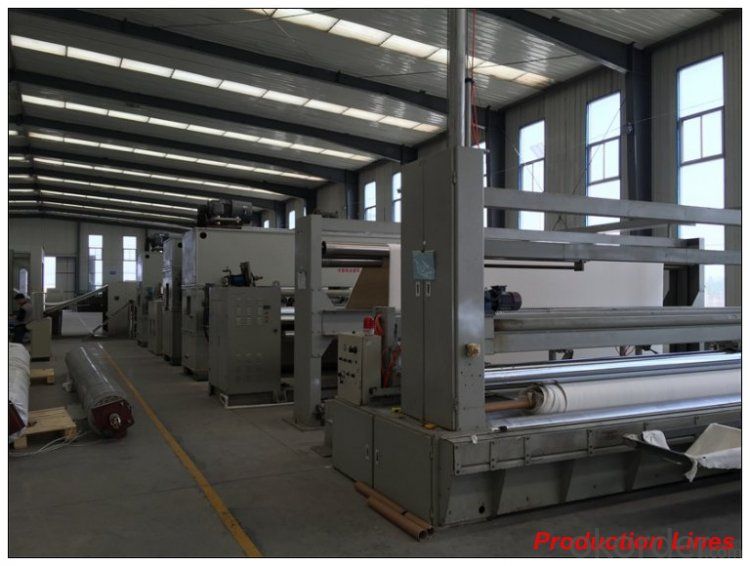
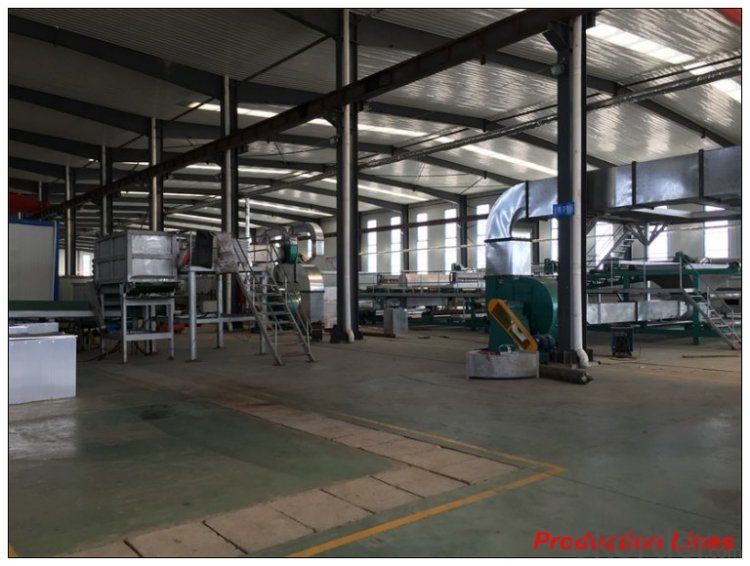
Applications:
1. Weed block for landscaped garden beds
2. Permeable liners for planters (stops soil erosion)
3. Weed control under wooden decking
4. Geotextile for separating aggregate / soils under walkway blocks or bricks
5. Assists in preventing paving from settling unevenly
6. Landscape fabric prevents soil erosion
FAQ:
Q1: What is your minimum order quantity?
A:The minimum order quantity is 5000 ,but it is negotiable.
Q2:What is your payment terms?
A: T/T,Western Union,Paypal,L/C...
Q3:What is your delivery time?
A:Production time usually costs 2-20 days.
Waiting to cooperate with you!
- Q: What is the role of permeability in geotextiles?
- The role of permeability in geotextiles is to allow the passage of water or other fluids while restraining the movement of soil particles. It helps in drainage and filtration processes, preventing the buildup of excess moisture and maintaining the stability and integrity of the surrounding soil or substrate.
- Q: Geotextile how to sample
- It is best in the middle of a piece of cloth cut 1 square meters on the line
- Q: What are the specifications for geotextiles in roadways?
- Geotextiles used in roadways typically have specific specifications, including high tensile strength, puncture resistance, and durability to withstand heavy traffic loads. They are often made from synthetic materials like polypropylene or polyester, with a minimum weight per unit area to ensure sufficient strength and stability. Additionally, geotextiles for roadways should have proper drainage capabilities to prevent water buildup and promote better road performance.
- Q: Why do you want to wrap the geotextile
- Hello, geotextile through the water, play the role of filtering Huazhi geotechnical materials manufacturers to answer
- Q: How do geotextiles affect groundwater flow?
- Geotextiles can have both positive and negative effects on groundwater flow. When properly installed, they can act as a barrier, reducing the infiltration of surface water into the groundwater system. This can help in controlling erosion and preventing contamination of the groundwater. However, if geotextiles are not installed correctly or become clogged with sediment over time, they may impede the natural flow of groundwater, causing water to accumulate and potentially leading to localized flooding or the alteration of natural recharge patterns. Therefore, the impact of geotextiles on groundwater flow depends on their design, installation, and maintenance.
- Q: What are the key factors affecting the interface friction of geotextiles?
- The key factors affecting the interface friction of geotextiles include the type of soil or material they come into contact with, the surface roughness of the geotextile and the adjacent material, the normal stress or pressure applied to the interface, and the moisture content of the soil or material.
- Q: What are the specifications for geotextiles in gas venting projects?
- The specifications for geotextiles in gas venting projects typically include factors such as the required permeability, strength, and durability. The geotextile should have a high porosity to allow efficient gas flow while preventing the passage of fine particles. It should also possess sufficient tensile strength and puncture resistance to withstand installation and long-term exposure. Additionally, UV resistance and chemical compatibility with the surrounding environment are crucial considerations to ensure the geotextile's longevity and performance in gas venting projects.
- Q: What is the place of attention for the laying of geotextiles?
- (1) the use of the use of buried type: cover the thickness should not be less than 30cm (2) refurbishment system should be: cushion, impermeable layer, transition layer, protective layer composition. (3) soil to be solid, to avoid uneven subsidence, cracks, anti-seepage within the turf, root to clear. And the surface of the membrane with a small particle size of sand or clay as a protective layer. (4) laying the geomembrane do not pull too tight, both ends of the soil into the corrugated part of the soil is better, especially with the rigid material anchoring, should leave a certain amount of expansion and contraction. (5) construction, should avoid stones,
- Q: What are the specifications for geotextiles in stormwater management projects?
- The specifications for geotextiles in stormwater management projects typically include requirements related to the material, strength, permeability, and installation. The geotextiles should be made of durable and UV-resistant materials to ensure longevity. They should also have sufficient tensile strength and puncture resistance to withstand the forces exerted by water flows and vegetation growth. Permeability is another important specification, as the geotextiles should allow water to pass through while preventing the migration of soil particles. Additionally, installation specifications may include guidelines for overlap, anchoring, and securing the geotextiles to ensure proper functioning and stability in stormwater management projects.
- Q: Geotextile moisture-proof layer: 200 cloth +400 film +200 cloth
- You are not to composite geomembrane, I was specializing in the production of geotechnical materials, account number that phone
Send your message to us
Internationale Geotextil Gmbh Woven Polypropylene Geotextile with High Strength
- Loading Port:
- Qingdao
- Payment Terms:
- TT OR LC
- Min Order Qty:
- 5000 m²
- Supply Capability:
- 1000000 m²/month
OKorder Service Pledge
OKorder Financial Service
Similar products
Hot products
Hot Searches
Related keywords
